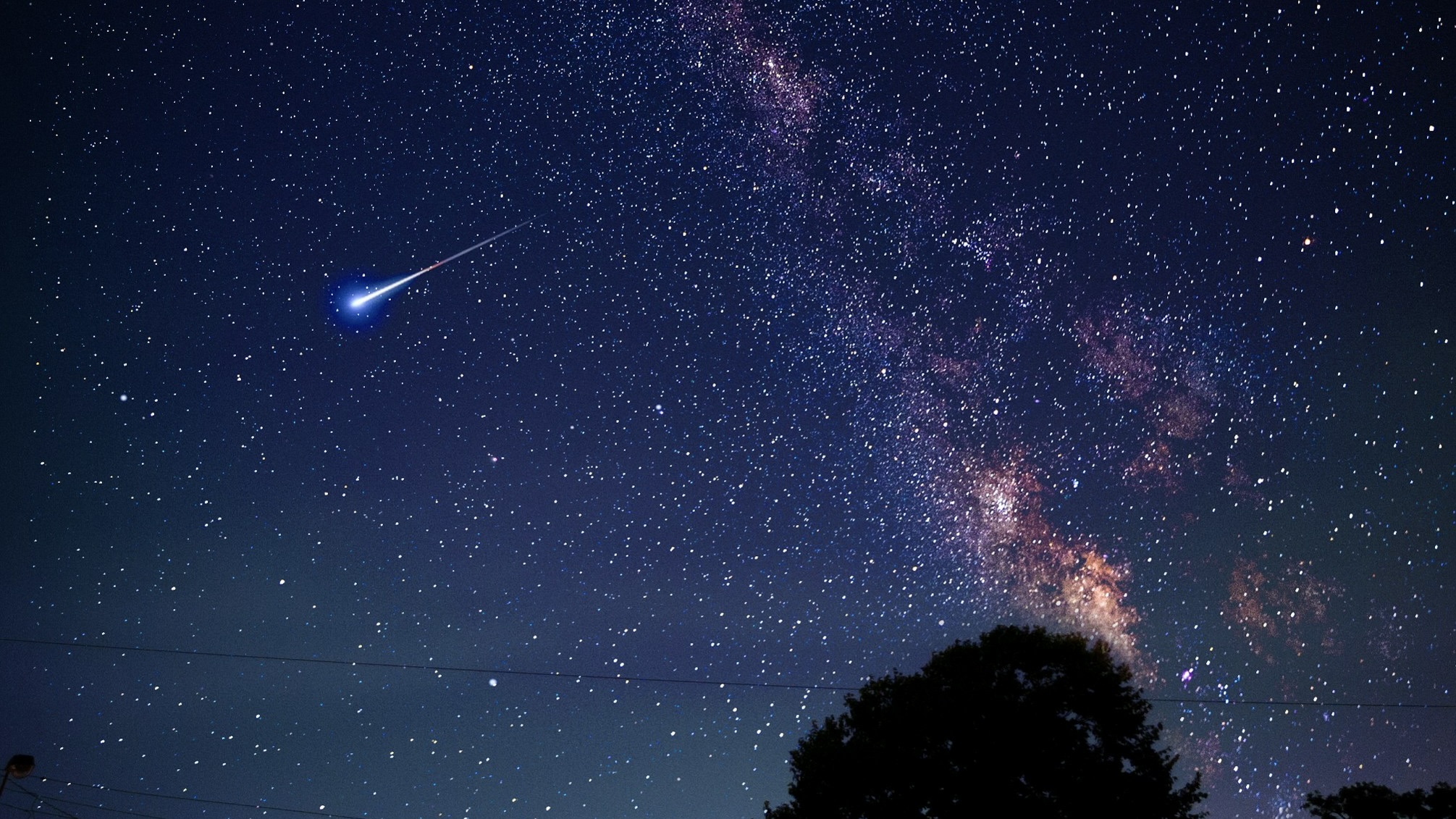Science
Interstellar Comet 3I/ATLAS Reveals Nickel, Offers Cosmic Insights

The interstellar comet 3I/ATLAS has made headlines following its recent perihelion, which occurred on October 29, 2025. This celestial object, traveling from beyond our solar system, has presented scientists with remarkable findings, including the presence of nickel vapour and active water release, offering insights into its origin and the conditions of its home star system.
As it reached perihelion at approximately 1.356 AU from the Sun, 3I/ATLAS exhibited significant changes. The intense heat from the Sun caused its tail to grow and become more structured, as captured in images from the Gemini South Observatory. This behavior aligns with expectations as the Sun’s energy vaporizes the comet’s ice and dust. However, the discovery of nickel within its coma has taken researchers by surprise.
Spectroscopic measurements conducted during this period revealed nickel vapour, a compound not commonly found in comets originating from our own Solar System, which typically contain lighter materials. The presence of a heavier element like nickel suggests that 3I/ATLAS may have formed in a region with a different chemical composition than what we observe in our own celestial neighborhood. Alongside nickel, scientists also detected cyanogen gas, reinforcing the notion that this comet serves as a pristine sample of material from a foreign planetary system.
Comet’s Active Behavior and Water Release
In addition to its unusual chemical makeup, 3I/ATLAS has demonstrated active behavior characteristic of comets. The Neil Gehrels Swift Observatory detected hydroxyl radicals, confirming that the comet is actively releasing water ice. This is particularly notable because it is occurring even at considerable distances from the Sun. Observations also indicated a carbon dioxide-rich coma and the evolution of its tail, marking it as a dynamic body rather than a dormant rock drifting through space.
For context, the comet is estimated to contain around 33 billion tons of pure nickel, with reports describing it as “super-flat and glowing.” Its plasma shedding and the formation of a backward tail add to the mystery surrounding this interstellar traveller.
No Threat to Earth
Despite its intriguing characteristics, NASA has confirmed that 3I/ATLAS poses no threat to Earth. The comet is on a one-way journey, with an orbit characterized by a high eccentricity of approximately 6, indicating it is not gravitationally bound to the Sun. Following its close encounter, it will exit our Solar System, never to return.
While visibility from Earth is limited, astronomers are preparing for two key observation opportunities. On November 3, 2025, spacecraft positioned near Mars and Venus will observe the comet from about 97 million kilometers away. A final observation window will occur on December 19, 2025, when 3I/ATLAS will be at its closest approach to Earth, approximately 1.8 AU away.
These upcoming observations are critical, as 3I/ATLAS provides a rare glimpse into the materials existing in another star system. This knowledge could enhance our understanding of how planets form around other stars, offering potential breakthroughs in planetary science. As researchers continue to analyze this unique visitor, 3I/ATLAS stands poised to reshape our understanding of interstellar objects and their significance in the broader cosmos.
-

 Health2 months ago
Health2 months agoNeurologist Warns Excessive Use of Supplements Can Harm Brain
-

 Health2 months ago
Health2 months agoFiona Phillips’ Husband Shares Heartfelt Update on Her Alzheimer’s Journey
-

 Science2 weeks ago
Science2 weeks agoBrian Cox Addresses Claims of Alien Probe in 3I/ATLAS Discovery
-

 Science1 week ago
Science1 week agoNASA Investigates Unusual Comet 3I/ATLAS; New Findings Emerge
-

 Science7 days ago
Science7 days agoScientists Examine 3I/ATLAS: Alien Artifact or Cosmic Oddity?
-

 Entertainment4 months ago
Entertainment4 months agoKerry Katona Discusses Future Baby Plans and Brian McFadden’s Wedding
-

 Science5 days ago
Science5 days agoNASA Investigates Speedy Object 3I/ATLAS, Sparking Speculation
-

 World2 months ago
World2 months agoCole Palmer’s Cryptic Message to Kobbie Mainoo Following Loan Talks
-

 Science5 days ago
Science5 days agoNASA Scientists Explore Origins of 3I/ATLAS, a Fast-Moving Visitor
-

 Entertainment3 months ago
Entertainment3 months agoEmmerdale Faces Tension as Dylan and April’s Lives Hang in the Balance
-

 Entertainment4 months ago
Entertainment4 months agoLove Island Star Toni Laite’s Mother Expresses Disappointment Over Coupling Decision
-

 Entertainment2 months ago
Entertainment2 months agoMajor Cast Changes at Coronation Street: Exits and Returns in 2025









